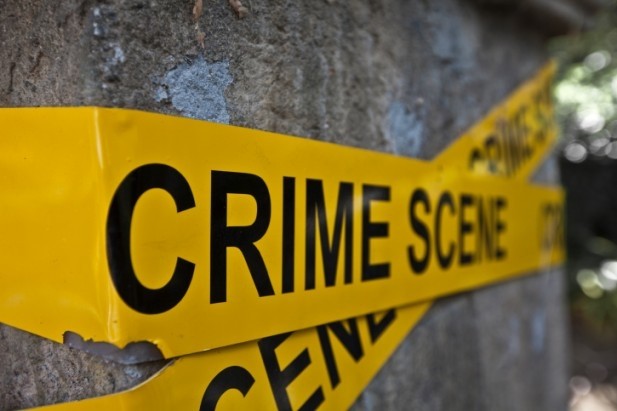Crime Scene Investigation Safety

rime scene investigators (CSIs) gather evidence at the location of a crime and process this evidence in a laboratory setting. According to the United States Department of Justice, there are specific safety guidelines that all crime scene investigators must follow.
Proceed with Caution
A CSI should enter a crime scene cautiously. There may be broken glass, needles or weapons in the immediate area.
Record Everything
A CSI must stay in contact with dispatch and record his location, what crime occurred, who was involved, what kinds of weapons were used and whether the crime is ongoing. This crucial information keeps back up on alert.
Safety Officer
It is a crime scene investigator's job to make sure that there is a safety officer at the crime scene before he begins his investigation to alleviate any other potential threats.
Notice Potential Suspects
A CSI is constantly aware of his surroundings. He pays close attention to how many people are at a crime scene, who has entered the area and who has left the area.
Hazardous Materials
Crime scene investigators may handle hazardous materials, and must wear sturdy shoes and long pants when working. The nature of the crime scene dictates whether a CSI needs to wear additional protective clothing such as a Hazmat (hazardous materials) suit.
Proceed with Caution
A CSI should enter a crime scene cautiously. There may be broken glass, needles or weapons in the immediate area.
Record Everything
A CSI must stay in contact with dispatch and record his location, what crime occurred, who was involved, what kinds of weapons were used and whether the crime is ongoing. This crucial information keeps back up on alert.
Safety Officer
It is a crime scene investigator's job to make sure that there is a safety officer at the crime scene before he begins his investigation to alleviate any other potential threats.
Notice Potential Suspects
A CSI is constantly aware of his surroundings. He pays close attention to how many people are at a crime scene, who has entered the area and who has left the area.
Hazardous Materials
Crime scene investigators may handle hazardous materials, and must wear sturdy shoes and long pants when working. The nature of the crime scene dictates whether a CSI needs to wear additional protective clothing such as a Hazmat (hazardous materials) suit.
- h2e1213ecf4a8eaa3e6c0fa3bca1a7e668.jpg